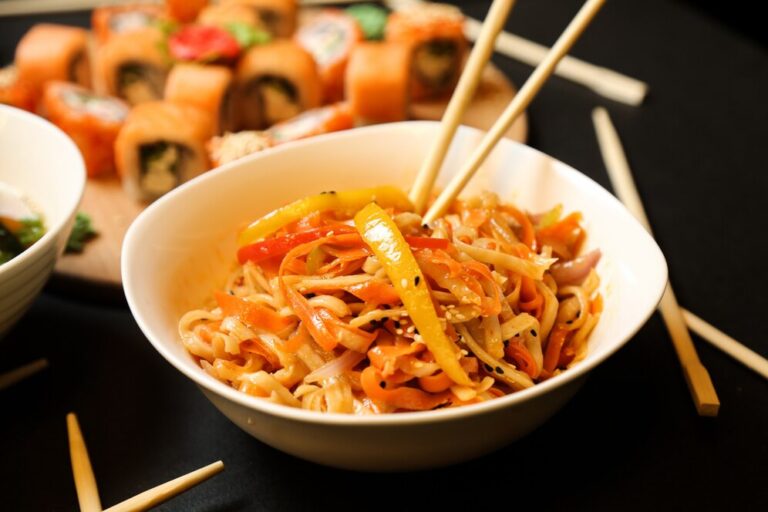Introduction
Mizukando is a term that holds cultural, historical, or linguistic significance, depending on the context in which it is used. Whether it refers to a philosophical concept, an artistic style, or a historical figure, understanding Mizukando requires delving into its origins, applications, and relevance in modern times. In this article, we will explore its deeper meaning, its impact on various aspects of life, and why it continues to be a subject of interest.
The Origins of Mizukando
To understand Mizukando, it is essential to trace its origins. The term appears to be deeply rooted in Japanese or East Asian traditions, possibly combining elements of water (“mizu”) and a specific philosophy or practice (“kando”). The word “mizu” means water in Japanese, symbolizing purity, flow, and adaptability, while “kando” could relate to emotion, movement, or resonance. This fusion of meanings suggests that Mizukando might embody a philosophy that encourages fluidity in thought, emotional depth, or an appreciation for nature’s transient beauty. If it has historical connections, it could be linked to ancient teachings, artistic movements, or even spiritual beliefs that emphasize harmony with the natural world.
The Symbolism and Philosophical Interpretations of Mizukando
Mizukando might carry a profound philosophical significance, particularly in the way it relates to human emotions, the passage of time, and personal growth. If it draws from Eastern philosophy, it could symbolize the way life should be embraced with a sense of acceptance, much like water flows effortlessly, adapting to obstacles without resistance. The concept may also align with the Japanese aesthetic principle of “wabi-sabi,” which finds beauty in imperfection and impermanence. This means that Mizukando could encourage individuals to appreciate fleeting moments, find peace in simplicity, and navigate life’s challenges with grace and resilience.
Mizukando in Art, Literature, and Culture
Throughout history, many cultural expressions have been inspired by the principles of water, movement, and emotional depth, which Mizukando may represent. If it has artistic implications, it could be reflected in traditional Japanese ink paintings, calligraphy, or poetry, where fluidity and balance play a crucial role. Additionally, literature may have incorporated Mizukando-like themes in works that emphasize introspection, nature’s beauty, and the human experience. Even in modern media, such as films or music, the idea of Mizukando could influence storytelling techniques that focus on emotional depth, personal transformation, or the delicate interplay between humanity and the natural world.
The Practical Applications of Mizukando in Daily Life
Beyond its philosophical and artistic value, mizukando could offer practical wisdom that applies to everyday life. For instance, if the concept revolves around adaptability and emotional intelligence, it could encourage people to remain open-minded and flexible in the face of uncertainty. It might promote mindfulness and self-awareness, allowing individuals to cultivate a sense of inner peace despite life’s inevitable changes. Moreover, Mizukando could be relevant in personal relationships, where understanding and fluid communication are essential for harmony. By embracing the mindset of Mizukando, individuals may find themselves more at ease with life’s unpredictability and more capable of finding beauty in each moment.
The Influence of Mizukando in Modern Society
In contemporary times, traditional concepts often find new interpretations that align with modern lifestyles. If Mizukando represents a way of thinking that values harmony, adaptability, and emotional resonance, it could influence various fields, from psychology and wellness to leadership and creative industries. In business, for example, the idea of flowing like water can be applied to decision-making and innovation, encouraging leaders to be more receptive to change. In mental health, adopting a Mizukando mindset could help individuals manage stress, embrace self-growth, and develop resilience. Additionally, in environmental consciousness, Mizukando might remind people of their connection to nature, inspiring more sustainable and thoughtful living.
Conclusion
Mizukando is a term that, whether cultural, philosophical, or artistic, carries a sense of depth and significance. It encourages an appreciation for life’s fluid nature, emotional depth, and the beauty of change. Whether applied in art, personal philosophy, or daily decision-making, the essence of Mizukando offers a perspective that aligns with balance, mindfulness, and transformation. By understanding and embracing its principles, individuals can cultivate a more peaceful and fulfilling approach to life.
